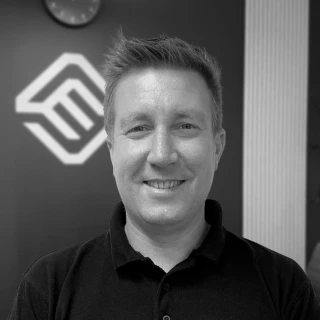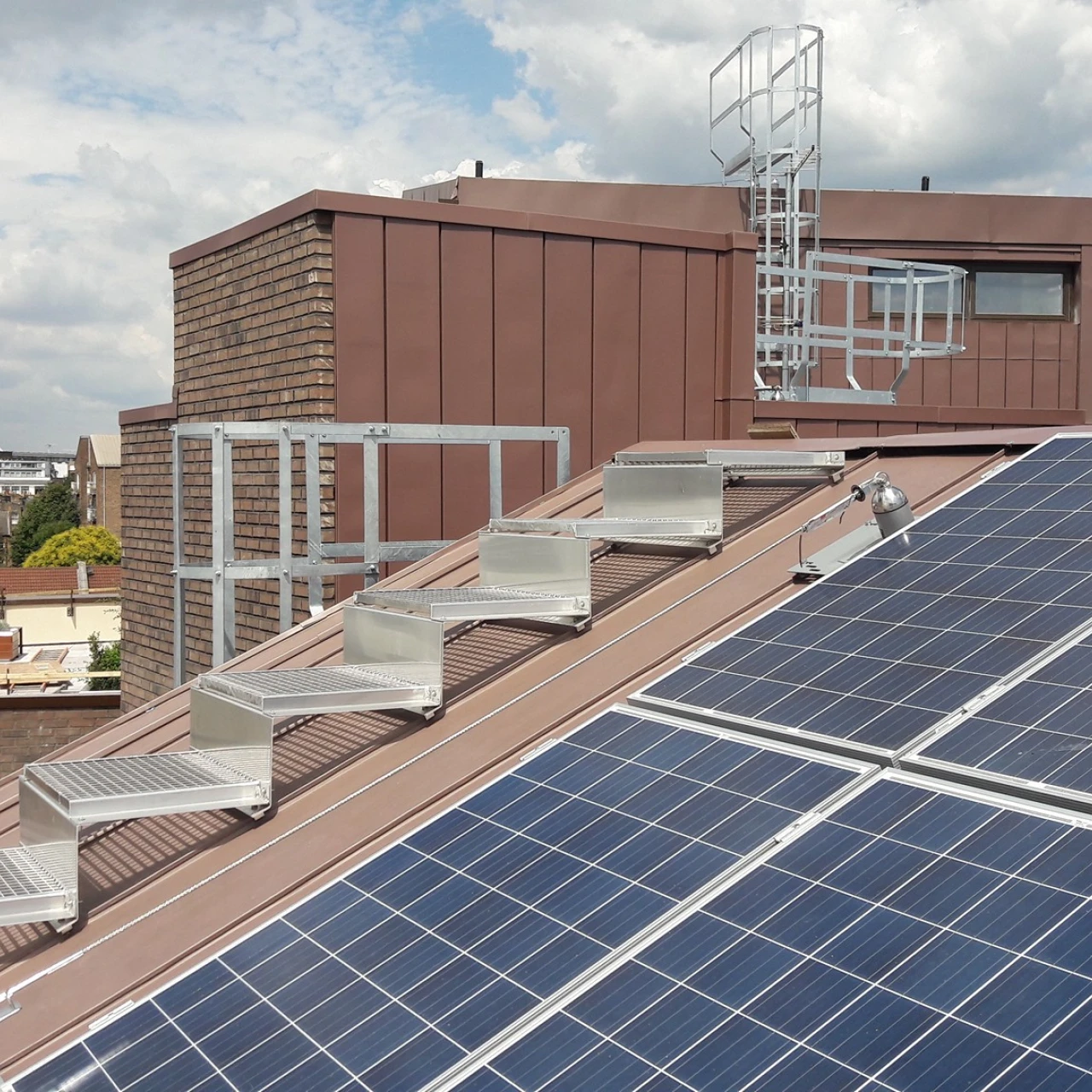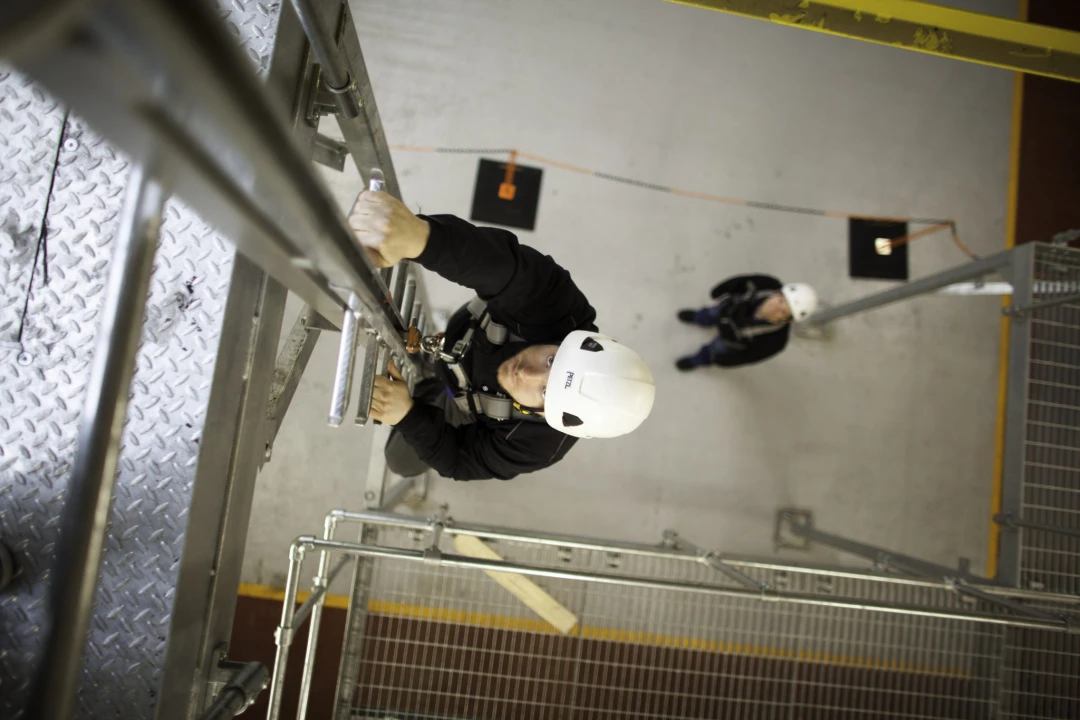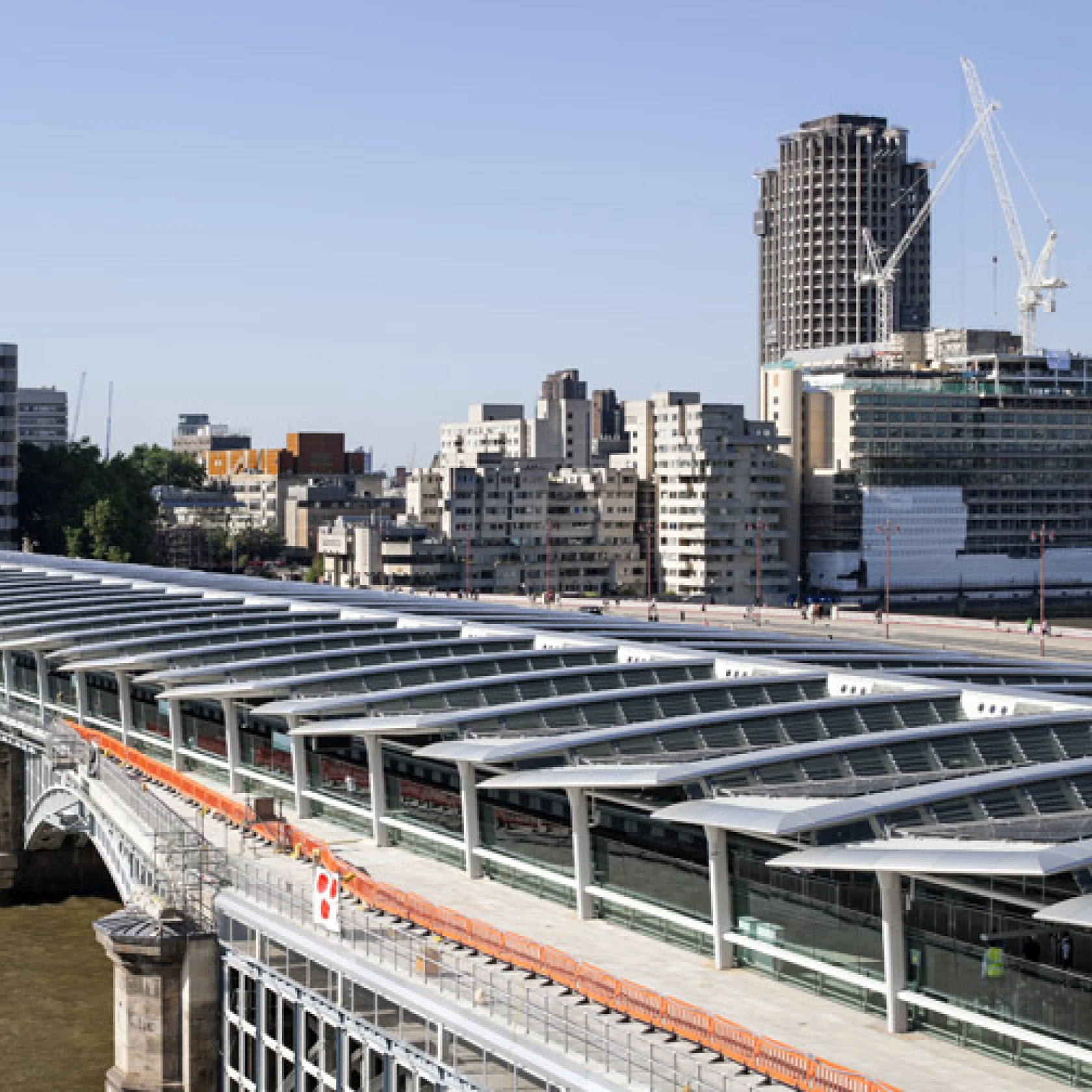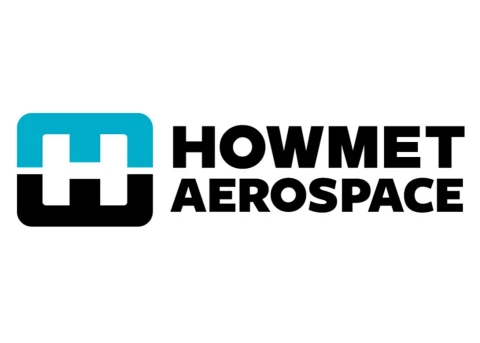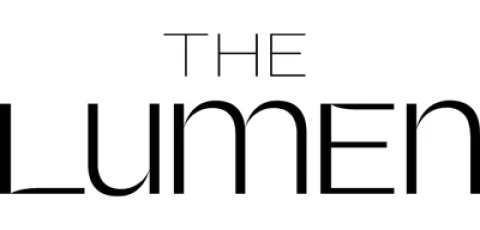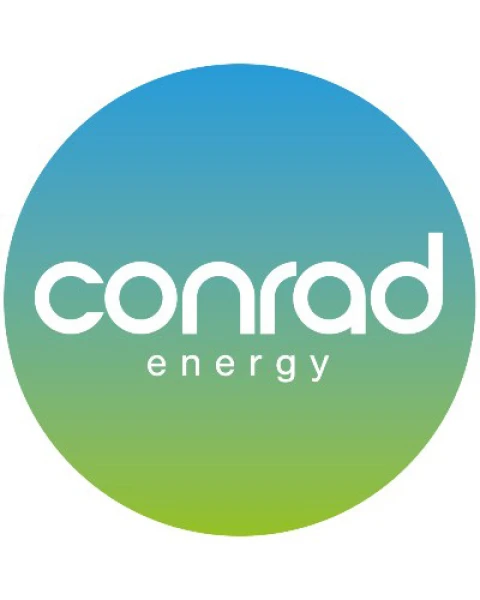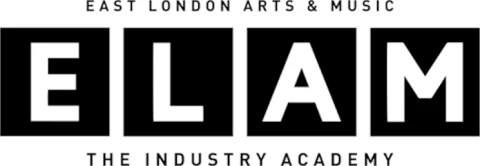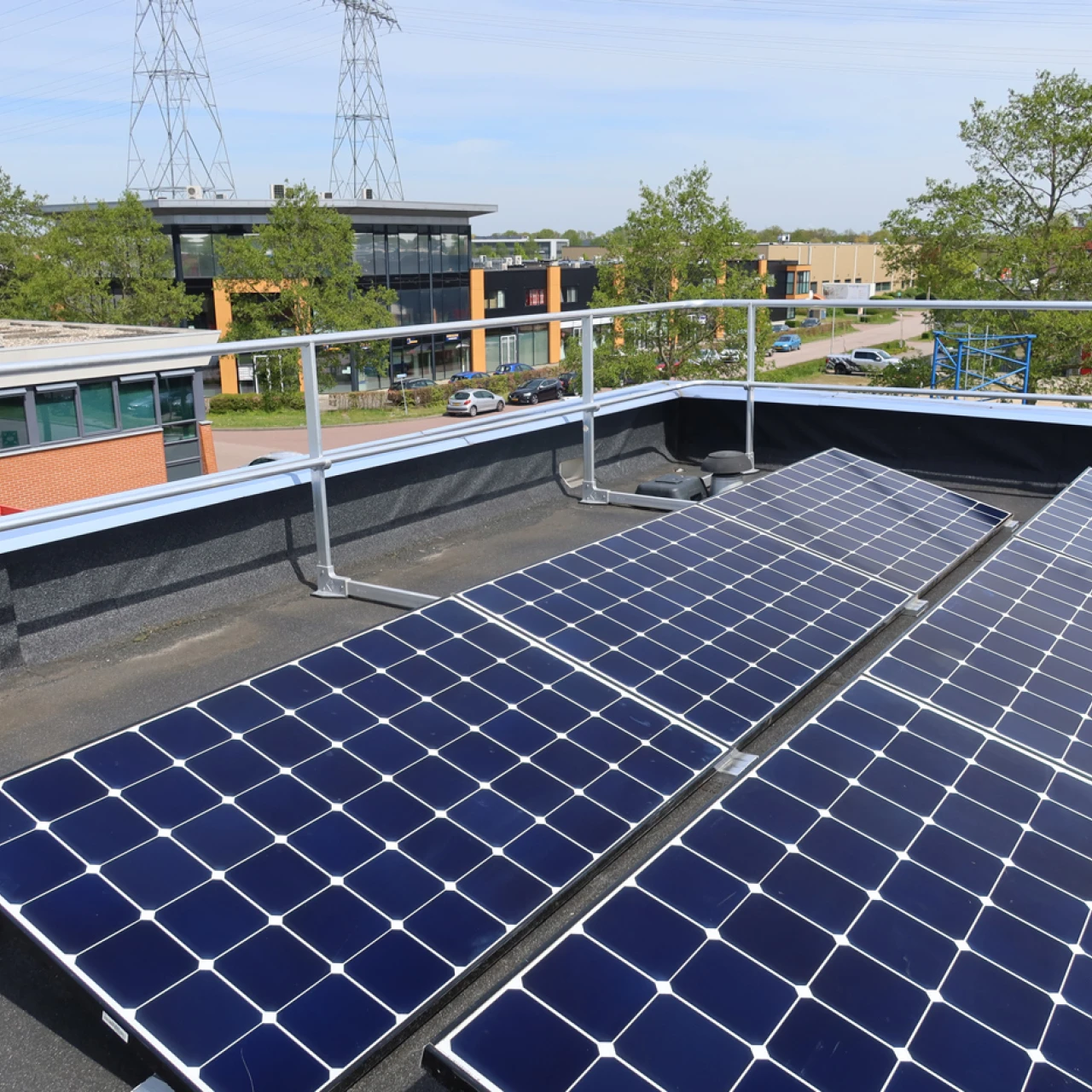

- Knowledge Base
- Blog
- Making Solar PV installation and maintenance safe
Making Solar PV installation and maintenance safe
As more people strive to contribute to a sustainable world, solar panel installations have become increasingly popular. Achieving the highest possible yield from these panels is crucial, but it is equally important to consider the safety of both the installation process and ongoing maintenance.
Maximising the return on investment from solar panels is understandable, given their cost. However, it's essential to balance this with safety considerations. Covering the entire roof with panels might seem like a good idea for maximising yield, but is it safe and practical?
Eurosafe offers expert advice and training to ensure both short-term and long-term safety when installing and maintaining solar panels.
Short and long-term safety considerations
Safe installation practices
The installation of solar panels must prioritise safety. Unfortunately, many installations occur without proper fall protection, leading to hazardous situations. Even when subcontracting the work, it is crucial to monitor safety protocols, as liability for accidents can extend to the property owner.
Several solutions can mitigate installation risks, including temporary fencing, scaffolding, and both temporary and permanent fall protection systems.
Post-Installation access and maintenance
Once installed, solar panels and other roof installations will require regular maintenance, repairs, and cleaning. It is crucial to plan for safe roof access post-installation by integrating fall protection solutions from the start.
Scenarios
Before installing solar panels, consider the following scenarios to ensure safety and efficiency:
Situation 1: No fall protection on the roof
When a roof lacks fall protection, it's tempting to maximize the roof's coverage with solar panels for higher yield. However, this can hinder safe access for maintenance, leading to inaccessible areas and potential safety hazards. A well-thought-out layout that includes fall protection can prevent these issues. Installing fewer panels to allow safe access might be more advantageous. Options include fences, anchor points, or other suitable fall protection systems.
Situation 2: Existing fall protection on the roof
In scenarios where fall protection is already installed, placing solar panels over or against these systems can render them unusable. This negates the investment in fall protection. Consulting a specialist to evaluate and design a layout that optimizes both safety and panel yield is essential.
Situation 3: New construction
For new construction projects, incorporating both solar panels and fall protection into the design phase is ideal. Collaborating with architects can ensure that the building's aesthetic value is preserved while integrating safety and efficiency. This approach is cost-effective and prevents future complications.
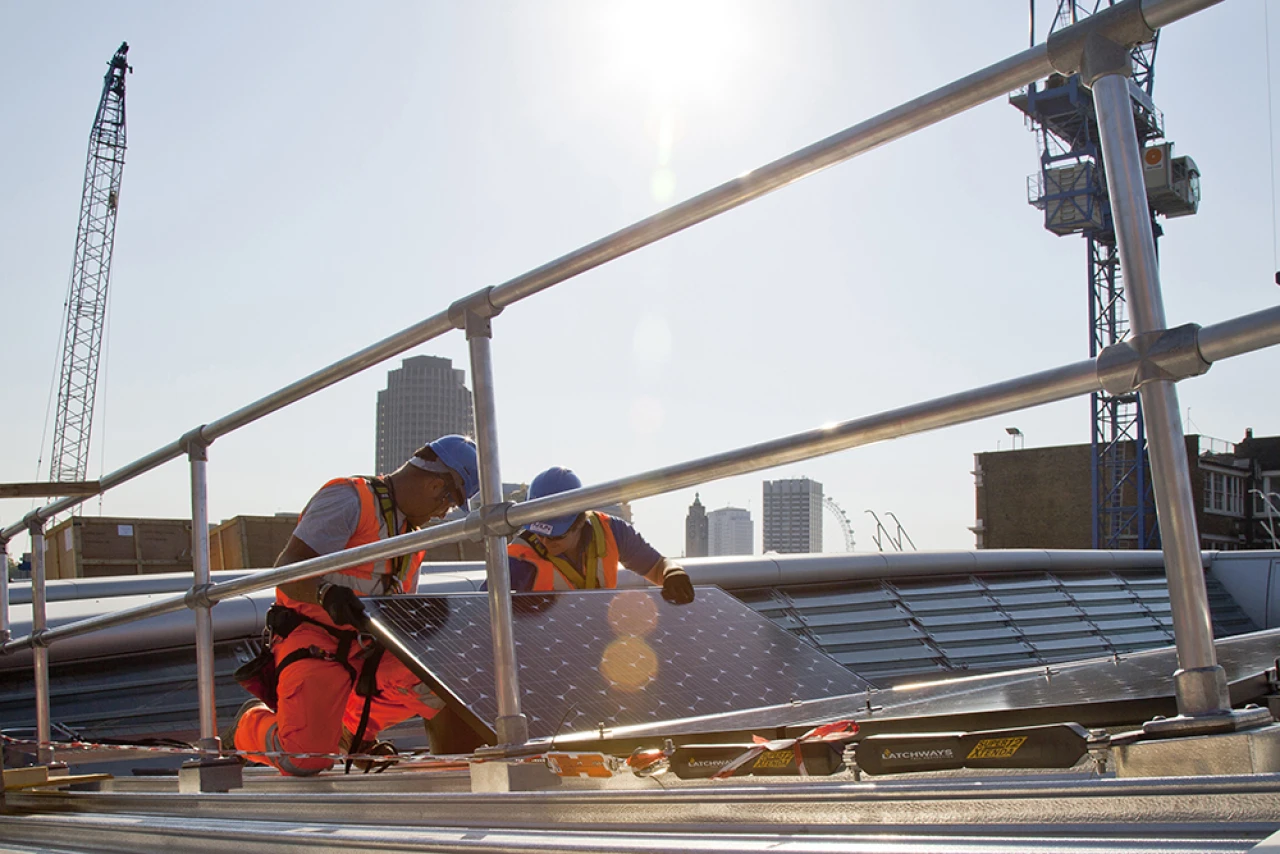
Eurosafe safety solutions
Implementing robust safety solutions is pivotal for ensuring safety during solar PV installation and maintenance.
As specialists in working at height, Eurosafe can provide innovative, robust, and cost-effective fall protection solutions tailored to the unique demands of solar installation and maintenance:
Roof Guardrails: Offering unyielding protection, guardrails fortify rooftops against falls, providing a reliable shield for workers.
Rooflight Protection: Fragile skylights warrant vigilant protection through guardrails or specialised covers, averting potential accidents.
Roof Walkways: Navigating rooftops safely, walkway systems enable secure access to panels while mitigating fall risks.
Horizontal Lifelines: Facilitating safe movement across roofs, lifeline systems bolster worker safety, minimising the risks of falls.
Ladder Systems: Choosing sturdy, appropriate ladders and additional safety features ensures secure rooftop access.
PPE: Employing appropriate Personal Protective Equipment designed for working at height, and adhering to safety guidelines are paramount in mitigating this risk.
Height Safety Training: Ensuring your workers receive adequate and regular training required for safe working at heights.
Conclusion
Balancing solar panel efficiency and safety is achievable with early planning and specialist involvement. Each situation is unique, requiring tailored solutions. For instance, guardrail might work well for one roof but cause shading issues for another. By considering safety from the outset, you ensure a sustainable and secure solar panel installation.
Learn more about...
Related Case Studies
View all Case Studies
